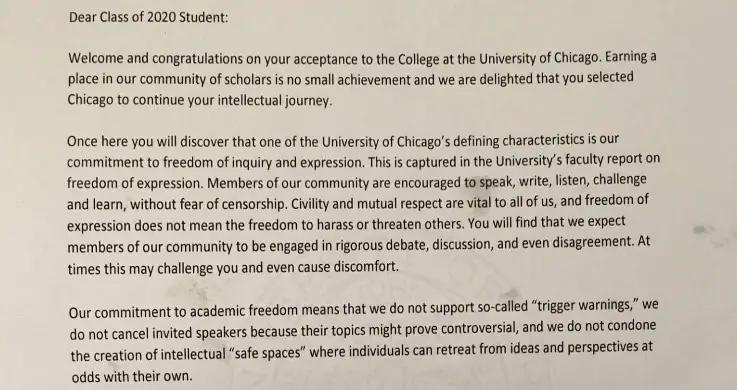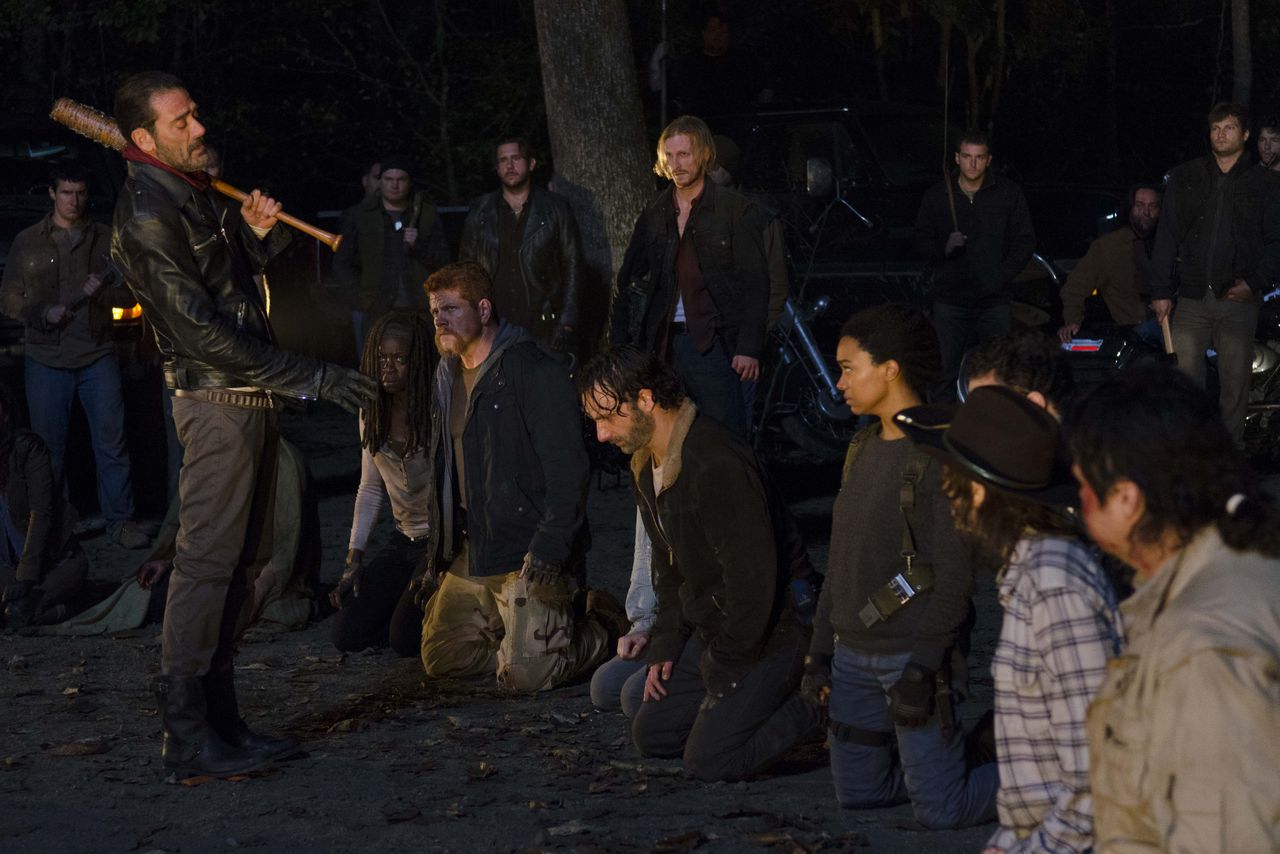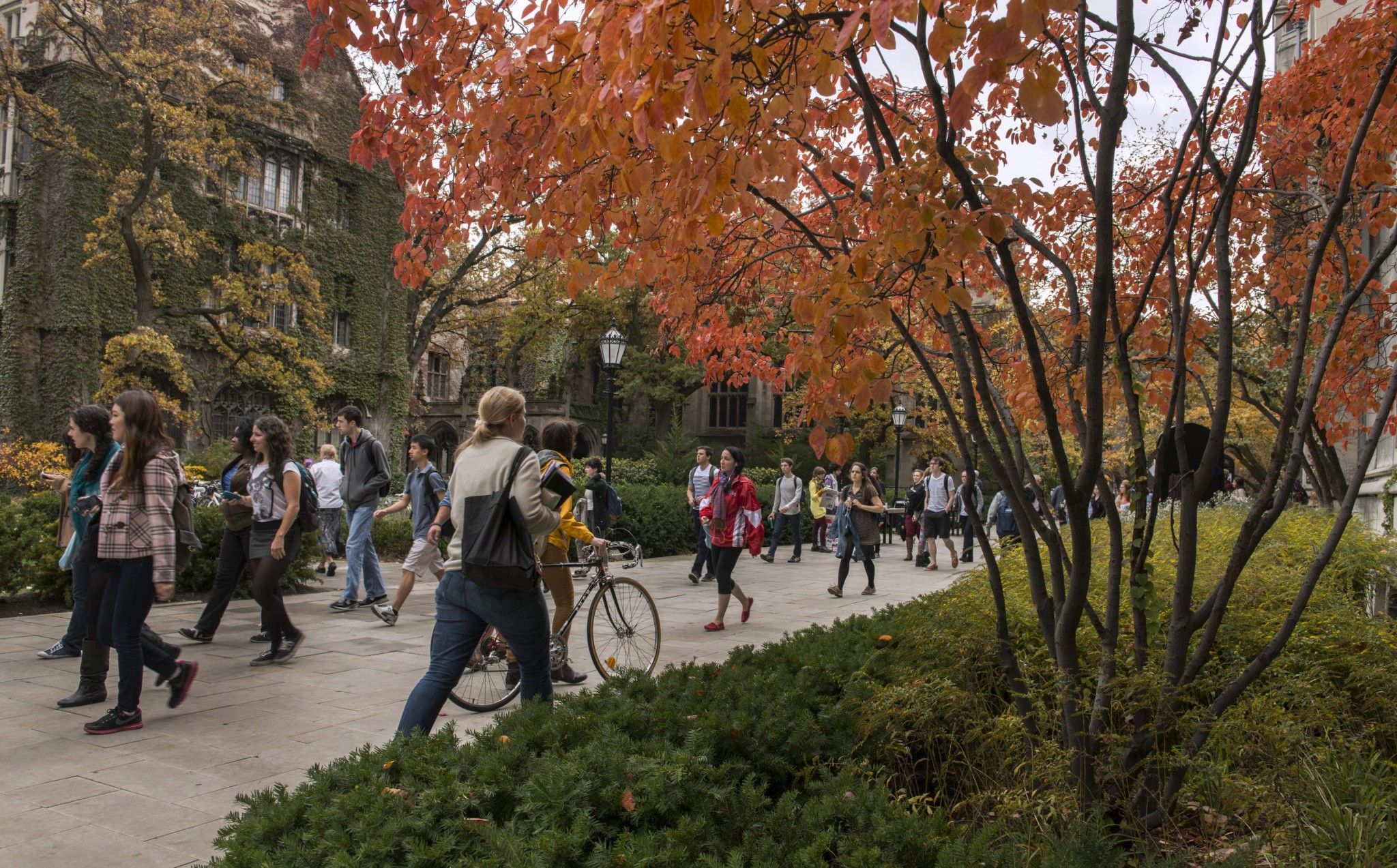Earlier this year, Chicago University sent a letter to its freshman informing them that it does not support trigger warnings. The letter goes on to say, “We do not cancel invited speakers because their topics might prove controversial, and we do not condone the creation of intellectual ‘safe spaces’ where individuals can retreat from ideas and perspectives at odds with their own.”
I can’t imagine who drafted that letter and thought it would go over well with freshman, but that, apparently, is Chicago University’s response to the college trigger warning debate. It’s also a perfect example of the point of this article—how college professors and administrators are completely missing the point that students are trying to make by asking for trigger warnings.

So, to begin with, let’s define the term “trigger warning.” Triggers, at least as the mental health community defines them, are almost always linked to PTSD. Mentalhealthamerica.net says, “For people with PTSD, it is very common for their memories to be triggered by sights, sounds, smells or even feelings that they experience. These triggers can bring back memories of the trauma and cause intense emotional and physical reactions, such as raised heart rate, sweating and muscle tension.”
So, at it’s most basic definition, a trigger is an input that has the potential to cause a trauma victim to relive some or all of their trauma. The trigger warning debate (along with many PTSD forums) also acknowledges that graphic descriptions and/or scenes relating to a person’s trauma can also be considered a trigger. A “trigger warning” then, is a note on a syllabus or prior to a lecture or on the back of a book that lists potential triggers. For instance, if I were putting together a list of YA book recommendations, I would make sure to list “tw: attempted rape” next to “Divergent.”
With that definition, maybe you can see why students would request trigger warnings for their assigned reading. While it’s true that exposure therapy is a common technique used to begin to treat the symptoms of PTSD, it’s a complex process that can’t be forced and should be overseen by a professional. The classroom, or perhaps the dorm room, is not the place to attempt professional PTSD therapeutic techniques.
Trigger warnings give students a chance to prepare for disturbing content and make sure that they have a chance to be safe and supported when they do their reading. From the student’s perspective, the only thing lost by receiving trigger warnings is some modicum of surprise when rape suddenly ends up being a plot point in the book they have to read for English. Logically, it follows that a professor that has a problem with trigger warnings values the ability of content to surprise and upset students more than the students’ ability to prepare for class.
Well, everyone tells me that art is supposed to be shocking and make you uncomfortable, so even if I don’t agree with the sentiment, at least I understand it. I guess “Titus Andronicus” just doesn’t have the same effect if you know Chiron and Demetrius are going to drag Lavinia into a forest, rape her, then cut out her tongue and hands. (Except that it obviously does, given the a number of people in the audience fainted in one showing, but I suppose that’s neither here nor there).
Regardless, that doesn’t appear to be the problem. Take for instance, this example from my intro humanities class.
Hum 110 is a class taught by multiple professors that every freshman at my college is required to take. Because of the size of the class, individual professors have very little influence over the syllabus. One day, in response to a debate happening on Facebook, my professor made it very clear that he didn’t believe in trigger warnings. He told us that he thought it was wrong to censor what professors can and cannot teach and he valued the ability of the text to upset and challenge students.
The thing is, later that day, when he’s telling the class about the reading for the next lecture, Livy’s “History of Rome,” he tells us to be aware that near the end of the book is a pretty graphic rape scene. He tells us to make sure we take care of ourselves, make some tea or read it during the day, rather than at 2 in the morning the night before the lecture. Then, with no other comment, he dismisses the class and we all go on our merry ways. I don’t think my professor realized, but he had just given the entire class a trigger warning.
The man who, earlier that day, had said he was totally against trigger warnings in the classroom, had not only given us all a warning, but also told us to take care of ourselves. Funnily enough, contrary to what a lot of professors seem to expect, everyone in the class did the reading that night.
So obviously there’s a disconnect here. My professor sounded almost exactly like the University of Chicago letter, and I believe that that really is what he thinks of trigger warnings, but then he turned around and gave us the very warnings we as students had been asking for.
So what’s happening? I’m definitely not suggesting that University of Chicago actually values the idea of trigger warnings; I think its focus on the lack of “safe spaces” in classrooms makes that pretty obvious. But I do think that what professors are afraid of and what students are asking for aren’t the same thing.
Let’s go back to the University of Chicago letter for a second. It says, “Members of our community are encouraged to speak, write, listen, challenge and learn, without fear of censorship.” The problem, then, is that Chicago University, along with the professors I’ve talked to, believe that trigger warnings create censorship.
How exactly they think that happens depends on the person, but the two most common beliefs I’ve seen are that students simply won’t read triggering material, and that the backlash against a lecture or syllabus that includes triggering material would be so severe that the professor would be forced to remove it from the syllabus. I don’t think that’s ever happened, and given the effort the students at my school have put into trying to change the Hum syllabus already, I doubt that it’s going to, but apparently that’s a common fear.
It shouldn’t be though, because trigger warnings actually have nothing to do with censorship. When a student asks for trigger warnings, they’re not asking for a pass on the reading, they’re asking for a heads up so they can best prepare for the reading. Sexual assault survivors deserve to know when they have to read a graphic rape scene, and if it’s appropriate for the class, it’s reasonable for them to skim or just skip those couple of paragraphs. Just because someone knows they’re going to be upset by material doesn’t mean they’re not going to read it.
This feels like a silly example, but I know, before certain episodes of “The Walking Dead” that an episode is going to deal with topics that are triggering to me (thanks, television content warnings).

I then have the option of watching that episode immediately, or saving it for a time when I feel a little more emotionally prepared for those topics. Obviously things are a little different in college, but I think my professor who was so concerned about his students summed it up best. He suggested we take care of ourselves before taking on the triggering material, which seems reasonable enough to me.
Maybe that sort of understanding wouldn’t work at Chicago University. I don’t know how much they trust their students, but at my school we operate by the honor principle; professors trust the students to do the work necessary to participate and excel in class. In that sort of environment, trigger warnings should be a foregone conclusion.
In a place where the students are trusted to do their work, even at a possibly personal cost, it only makes sense to provide trigger warnings so they can do that work more efficiently and safely. Panic attacks and flashbacks are not only terrible, but they make it incredibly difficult to focus on school. Even in a place that doesn’t trust their students as much as my college, it makes sense to give students trigger warnings. It quite simply gives people who are triggered by material likely to be on a syllabus (like, for instance, rape survivors) better ability to manage their work.
Just because trigger warnings aren’t provided doesn’t mean people aren’t going to be triggered. It’s better for everyone, safer for students and healthier for a classroom environment, to give all students the information they need to make the decisions that will benefit them. Sorry, Chicago University, but censorship just doesn’t enter into the discussion.













Great read! Very enjoying and thought provoking! I sure wish I could show this to professors AND students at my college!